Choosing a 100G optical module wisely can have a significant impact on the overall cost-effectiveness of the data center. This article will delve into seven key points to help you choose the right 100G optical module to maximize data center cost savings.
Point 1: Select a compatible 100G optical module
When choosing the right 100G optical module for your data center, the first priority is to ensure compatibility. It should be noted that not all optical modules are the same, and compatibility issues can lead to costly expenditures in the future. To prevent any compatibility issues, you need to ensure that the optical module you choose will work perfectly with your existing hardware, switches, and cabling systems.
To eliminate compatibility concerns, it is recommended that you consult your hardware supplier or a reputable optical module supplier. They are able to provide professional advice to help you find the best solution for your current environment. By investing in an optical module that integrates seamlessly into your existing setup, you can save on the high cost of troubleshooting and possible downtime.
C-light tests transceivers with switches of diverse brands before shipment to ensure wide compatibility.
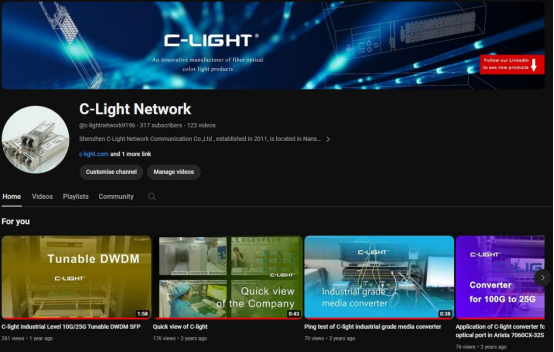
Click here to see hundreds of test videos on C-light YouTube channel
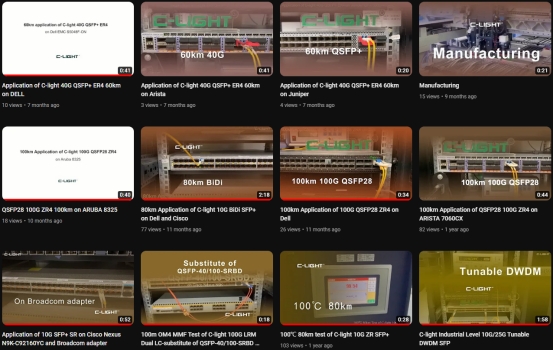
Point 2: Choose a low-power 100G optical module
Energy efficiency is a critical issue in current data center operations. Data centers are known for their huge power consumption, which not only leads to increased operating costs, but also exacerbates environmental impacts. Therefore, choosing 100G optical modules with lower power consumption could be a key game-changer to achieve effective cost reduction.
Different types of optical modules have different power requirements, and choosing more energy-efficient options is expected to bring significant long-term savings. The adoption of low-power optical modules can not only help reduce electricity bills, but also contribute to the promotion of greener and more sustainable operating models. Therefore, when evaluating and selecting optical modules, it is important to carefully compare their power specifications and ensure that the selected optical module matches the energy efficiency goals of your data center.
Point 3: Choose a higher density 100G optical module
Optimizing the space inside the data center is essential to improve cost efficiency and ensure future scalability. With higher density 100G optical modules, you can make the most of your existing rack space. By selecting optical modules that can accommodate more ports per rack unit, you can maximize data center capacity without expensive expansions.
In addition, high-density optical modules are usually equipped with some advanced features, such as hot-swappable modules. These features minimize downtime during maintenance or upgrades, which not only reduces operating costs, but also improves reliability throughout the data center.
Point 4: Consider operating costs and actual performance
When choosing a 100G optical module, it is critical to evaluate the total cost of ownership (TCO). Many data center operators often focus only on the initial purchase price, but this may not be comprehensive. In fact, the performance and reliability of optical modules have a significant impact on long-term operating costs.
When calculating TCO, it is important to consider factors such as maintenance, warranty, and technical support. A seemingly cheap optical module can become expensive due to frequent replacement or triggering unplanned downtime. Therefore, by investing in an optical module with a good track record, you can save time and reduce costs due to outages and repairs, resulting in an efficient use of funds.
Point 5: Choose the supplier that provides the total optical module solution
When selecting a 100G optical module, it is crucial to work with a supplier that can provide a full range of solutions. A reliable supplier will not only provide quality optical modules, but also come with support, warranty, and a range of compatible accessories. This integrated service model ensures that you have one one-stop source for all your optical module needs, saving time, money and unnecessary hassle in the long run.
In addition to hardware supply, trusted suppliers should also provide technical support, compatibility testing, and product warranties. These value-added services help quickly resolve issues that may arise and reduce total cost of ownership by reducing downtime and operational disruptions.
C-light has a professional R&D team to provide solution in terms of different rate, wavelength, switches and OTN devices.
Click here to see C-light solution of high rate transceivers, PON, WDM...
Point 6: Make long-term plans to avoid frequent upgrades
In the rapidly evolving world of data centers, technology can quickly become obsolete. In order to save costs and avoid frequent upgrades, it is essential to have a long-term plan when selecting a 100G optical module. Therefore, you should look beyond current needs and consider possible future needs. This forward-thinking strategy will help you select optical modules that can adapt to future technology and data growth without frequent replacement.
By making smart optical module choices, you can extend the life of your data center infrastructure and reduce the capital and operating expenses associated with frequent upgrades.
C-light provides software upgrade for optical transceiver modules and has a complete RMA policy including warranty guarantee.
Point 7: Carefully select the old optical module models that are facing obsolescence
While older optical module models may seem more cost-effective, they actually come with considerable risk. As technology evolves, older optical modules can become increasingly unreliable, inefficient, and difficult to replace. When you experience compatibility issues, frequent failures, and lack of support, the cost savings from purchasing a time module can quickly be eaten up.
Therefore, in order to ensure cost-effective and reliable performance, it is usually best to invest in the latest generation of 100G optical modules, even if they are slightly more expensive when first purchased. These new optical modules are more likely to have the latest features, longer service life, and better compatibility with new hardware and software.
C-light cares market trend and customers’ demand, keeps pace with newest technology, and improves from manufacturing system to packaging products.









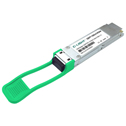

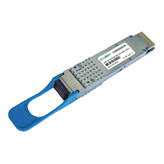

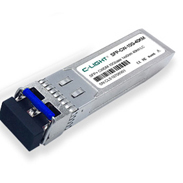
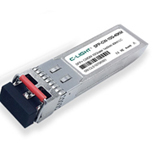
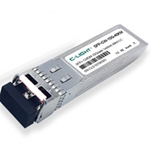
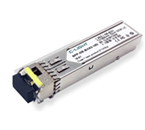
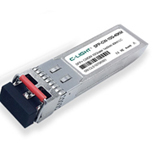
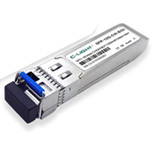



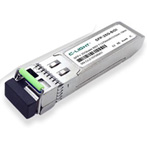
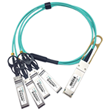
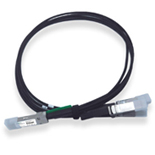
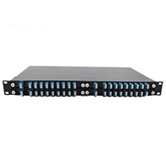
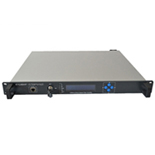
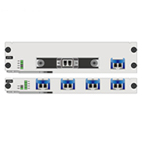

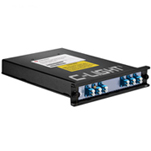
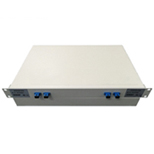


 Your current position:
Your current position: 




